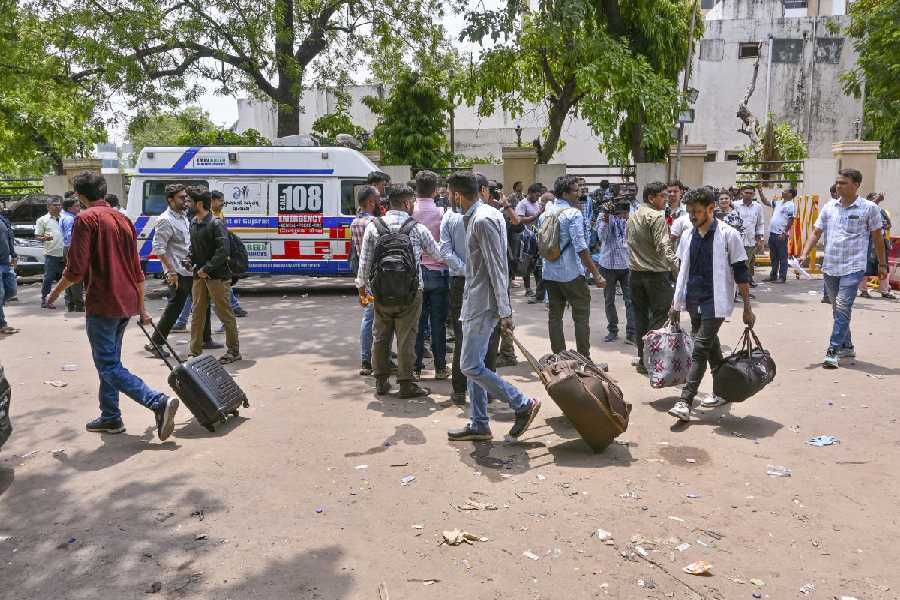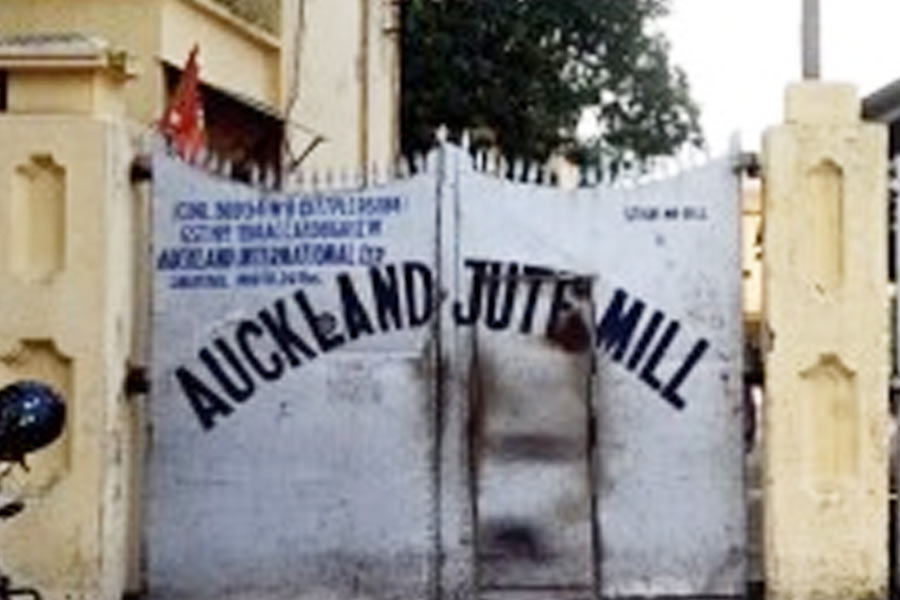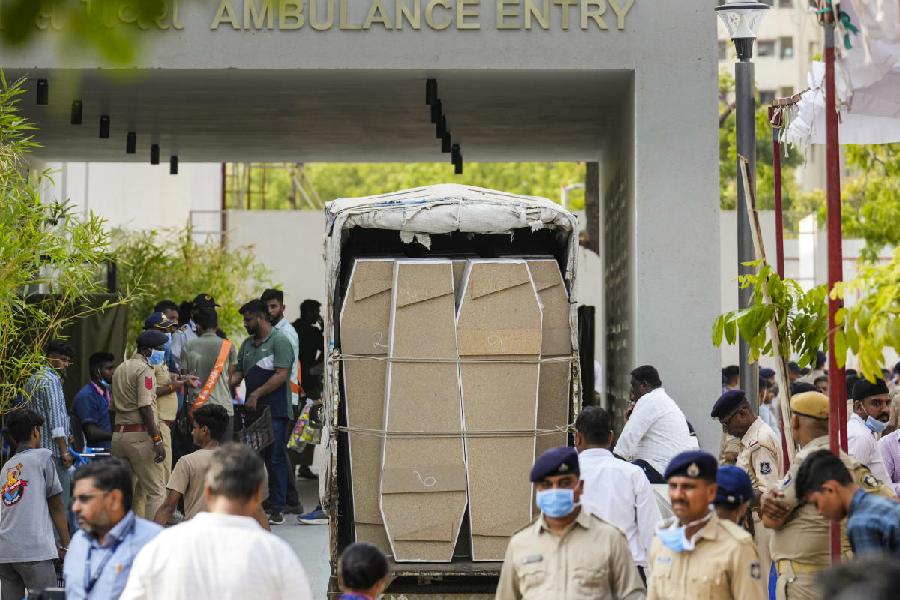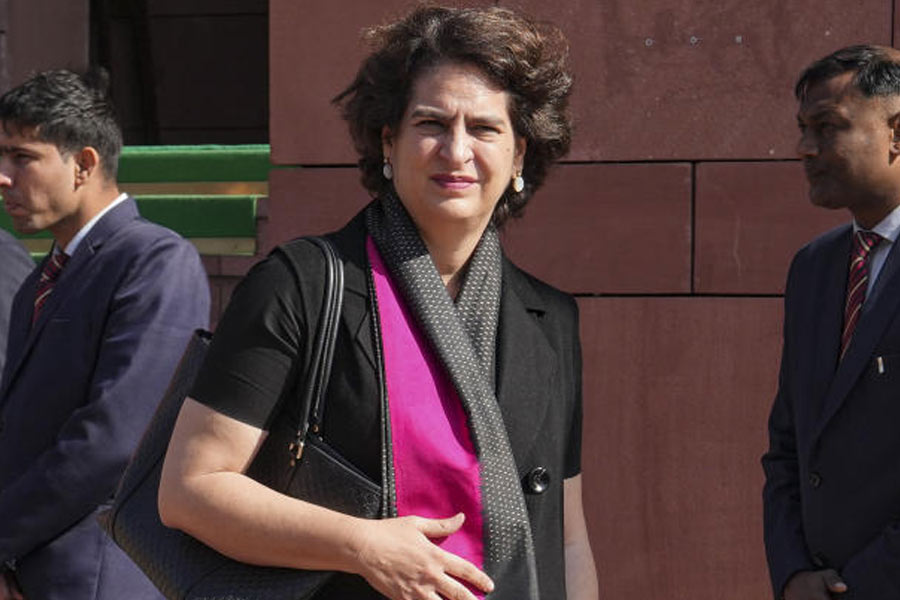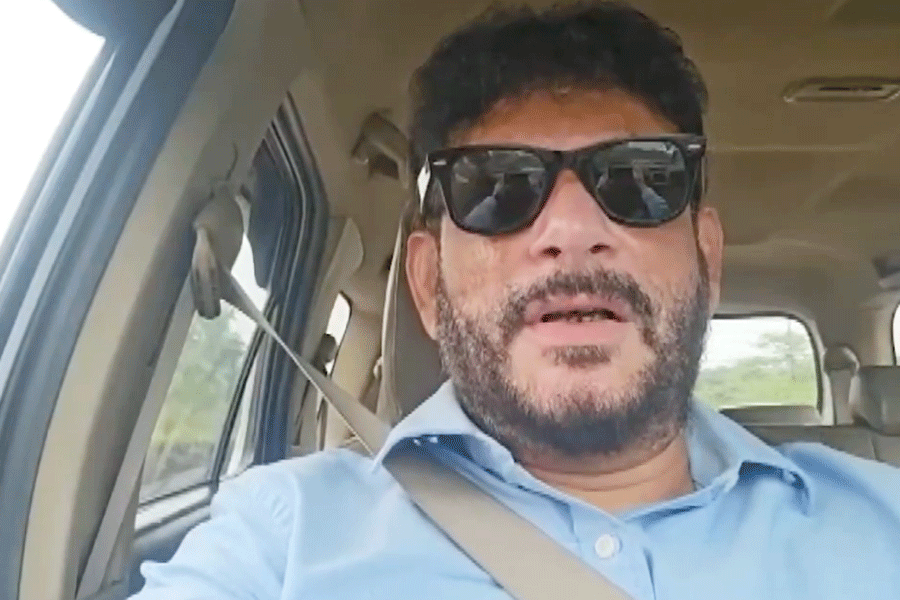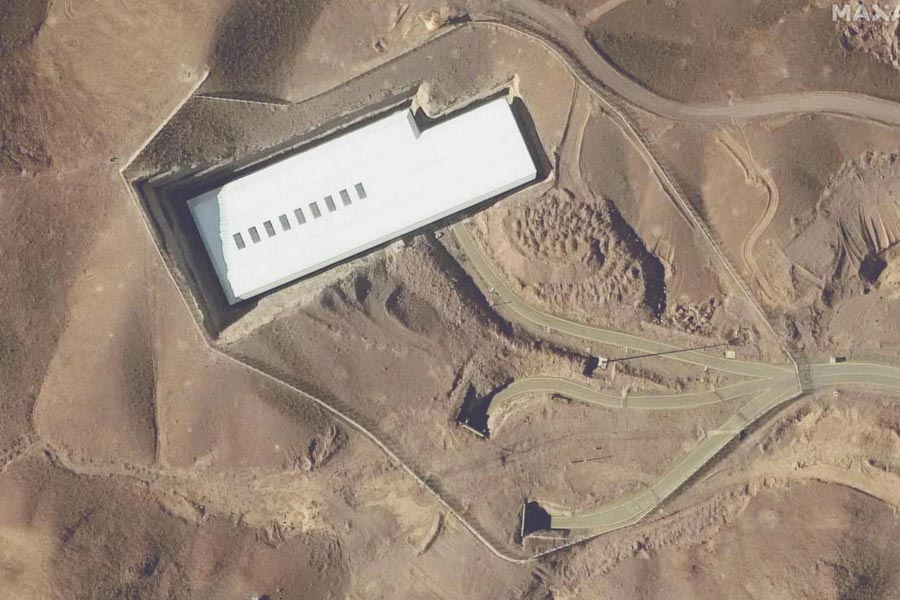The roadmap charted out by the eastern bench of the National Green Tribunal in a directive to the state pollution control board and other agencies on Thursday includes steps that are supposedly in process and several that would be a challenge to implement in a city known to be a flouter’s paradise. Metro does a reality check on the recommendations with inputs from experts working on air-pollution issues in Calcutta and beyond.
Recommendation: Initiate continuous monitoring of PM 2.5, the most potent pollutant, at seven points in Calcutta and Howrah.
Reality: The pollution control board finalised a plan to start monitoring PM 2.5 levels months ago, based on central government norms. The plan has yet to take off, but PCB chairman Kalyan Rudra promised it would. “We will start PM 2.5 monitoring within a few weeks.”
A study by the Centre for Science and Environment earlier this year had found Calcutta’s ambient PM 2.5 level comparable to Delhi’s, the country’s most polluted metro.
Recommendation: Integrate Calcutta and Howrah with the national Air Quality Index (AQI) alert system.
Reality: The system was launched last year but Calcutta missed the bus, as it often does. Officials of the Union environment ministry blamed it on the state pollution control board not sharing the required data.
The US consulate in Calcutta draws up an AQI based on its own measurements and the readings don’t make for a pretty picture. No wonder Scott Furssedonn-Wood, the former British deputy high commissioner, delivered this parting shot: “Well, the air quality is really a problem here...”
Recommendation: Phase out commercial vehicles 15 years or older.
Reality: Calcutta High Court had ordered the phase-out in 2008 but there has hardly been any effort to implement it in all these years. A few months ago, the principal bench of the National Green Tribunal fixed the phase-out limit for diesel vehicles in Delhi to 10 years. Calcutta, choking on diesel fumes, needs a crackdown even faster than Delhi.
Compliance challenge
Recommendation: Stop non-BS IV vehicles from entering city limits without pollution-under-control certificates.
Reality: According to emissions expert S.M. Ghosh, all auto-emission testing centres in the city still use old emission testing parameters and not BS IV emission standards.
Recommendation: Assess pollution load from various sources.
Reality: Experts are worried that a study might turn out to be an excuse to push back action on the ground. “There have been several studies before which point out the role of diesel emission in Calcutta’s air pollution,” said Anumita Roy Choudhury of the Centre for Science and Environment.
Recommendation: Mandatory pasting of pollution-under-control (PUC) certificates on windshields of cars.
Reality: Less than 20 per cent of the vehicles on city roads ply with valid PUC certificates. Buses and autos either don’t care or display forged certificates.
Recommendation: Use e-rickshaws or totos for last-mile connectivity.
Reality: Thousands of e-rickshaws are already plying in the city and on its outskirts without official regulation. The government has yet to come out with uniform guidelines for e-rickshaws or totos.


